The 5 Dirtiest Places in Your Kitchen
Find out where germs are lurking and how to keep everything clean
1 of 5
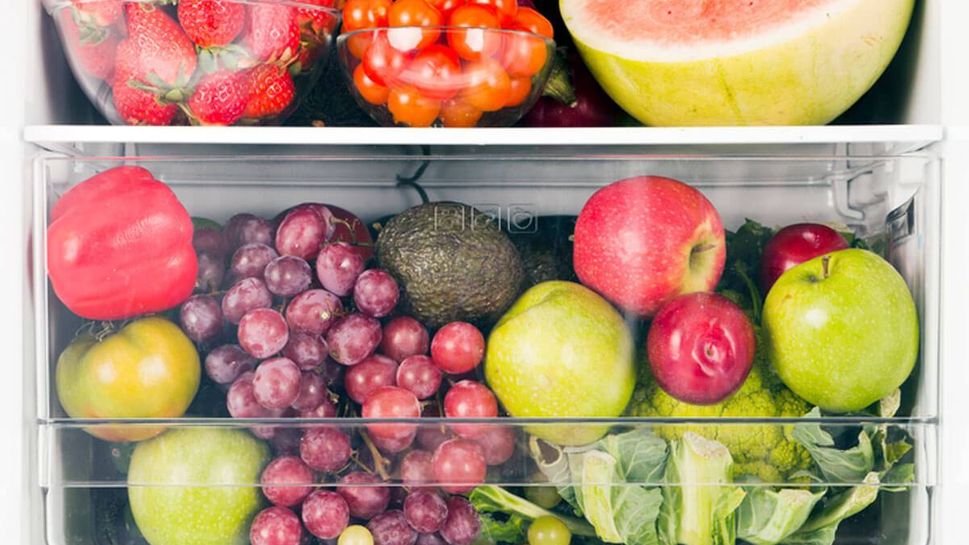
Refrigerator Drawers
The vegetable and meat compartments in the fridge took the top two germiest spots in the 2013 study by the public health and safety organization NSF, formerly known as the National Sanitation Foundation. Microbiologists swabbed items from 14 kitchens and found that these drawers were a hotbed for Salmonella, Listeria, yeast and mold. Salmonella is one of the most common causes of food poisoning in the U.S., according to FoodSafety.gov, and can cause diarrhea, fever and vomiting. To avoid contamination, keep meats and vegetables separate, wash hands, knives and cutting boards after handling foods and rinse all produce.
To clean compartments, remove them from the fridge and wash with a clean sponge and mild detergent mixed with warm water, according to NSF. Rinse and wipe dry with a clean towel.
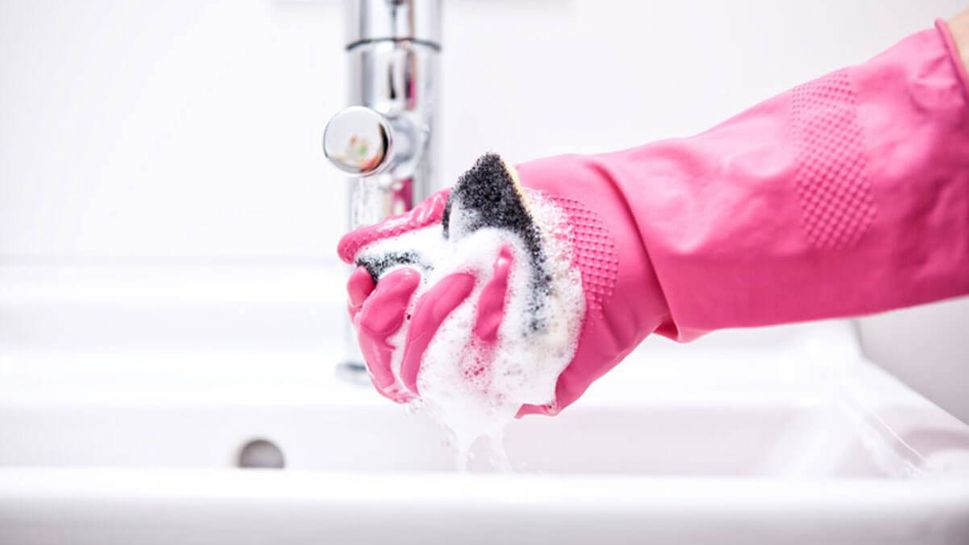
Sponges and Dishrags
In 2011, the NSF found that more than 75 percent of sponges and dishrags harbored coliform bacteria — which includes Salmonella and E. coli. Most sponges also had yeast and mold, and Staphylococcus aureus, or staph, was present on sponges in 18 percent of households. “Sponges pick up bacteria during the cleaning process and are typically not properly — or regularly — sanitized before their next use,” said Dr. Rob Donofrio, Director of Microbiology at NSF and the lead researcher on the study, in a press release. Sponges are also wet and damp, providing perfect conditions for bacteria to grow. Change out sponges often or microwave for about two minutes to kill bacteria, and launder dishrags in hot water.
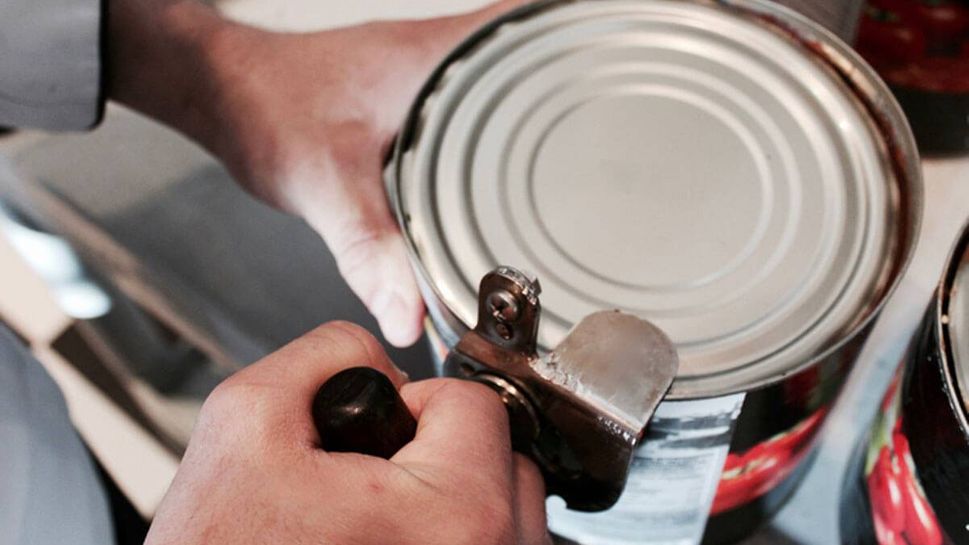
Can Opener
One item that you probably never think to clean was the fourth germiest item in the kitchen: the can opener. Swabs from can openers showed Salmonella, E. coli, yeast and mold. E. coli bacteria live in the intestines of animals and people, and infections can cause severe diarrhea, abdominal pain and vomiting. Clean your can opener by tossing in the dishwasher if it’s dishwasher safe, or wash in hot soapy water and air dry, according to the NSF.
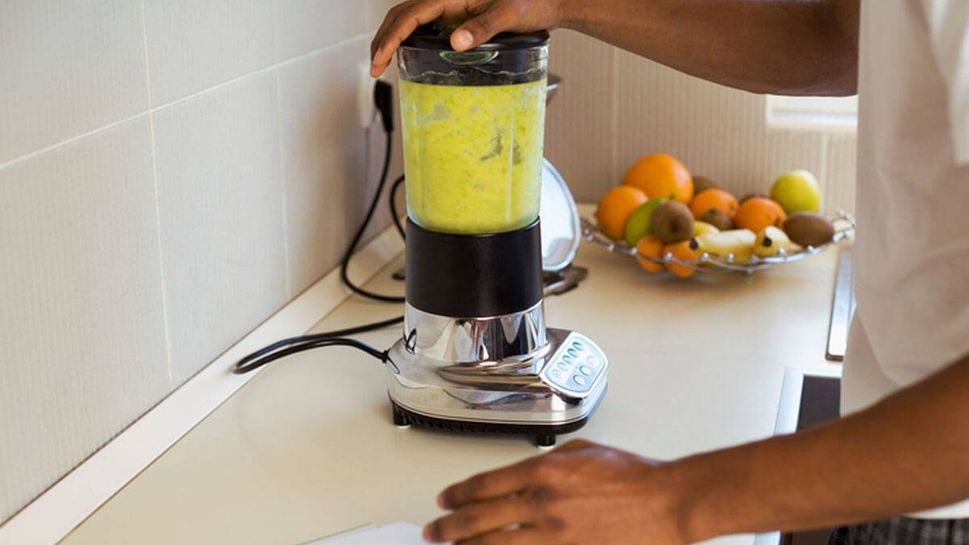
Blender
Although you might not consider your blender to be dirty, NSF’s study found Salmonella, E. coli, yeast and mold growing on blender gaskets. In order to thoroughly clean your blender, unplug and remove all pieces after each use. If you can, place pieces in the dishwasher. Use hot soapy water if washing by hand — and be careful of the sharp blade.
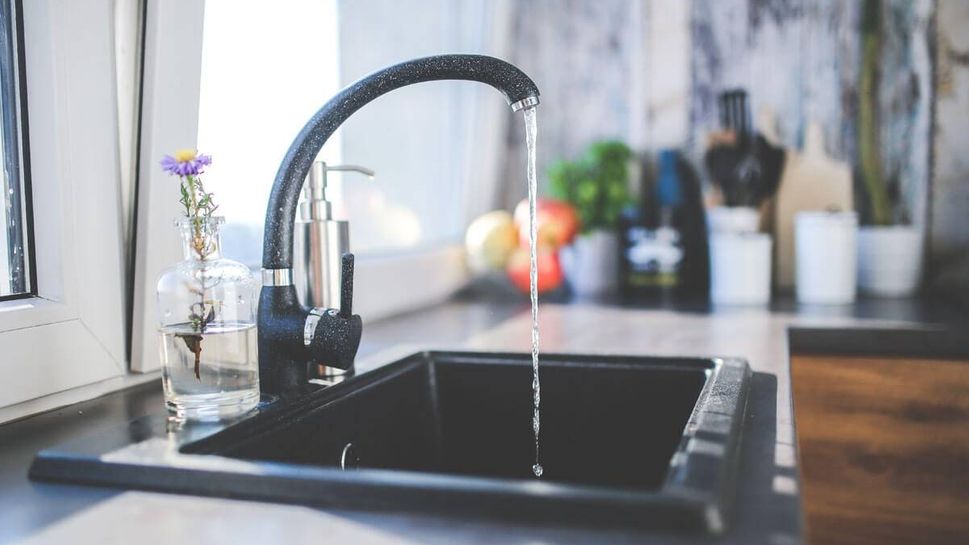
Kitchen Sink and Countertops
Give them a quick swipe with a sponge or rinse with water and they’re clean, right? Unfortunately, the sink and countertops in your kitchen are likely host to an array of bacteria. Countertops can pick up germs from produce and grocery bags. The NSF found that about a third of the countertops swabbed had coliform bacteria. Using a dirty sponge to wipe them down also spreads bacteria around. Kitchen sinks offer a good breeding ground for bacteria, too, since they can feed off of leftover food particles. The NSF recommends cleaning the sink once or twice a week with a disinfectant.
(This article appeared previously on Grandparents.com)

